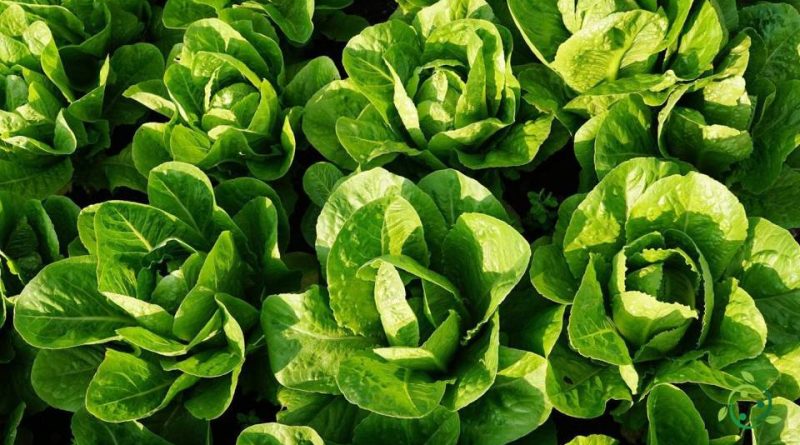Nutritional value of lettuce
Nutritional value of lettuce
Lettuce (Lactuca sativa L., 1753) is a herbaceous species of the Asteraceae family widely cultivated all over the world for its fresh or cooked use.
Features –
Lettuce is a biennial dicotyledonous angiosperm plant that has a superficial root system, with a short and fleshy stem on which the leaves are inserted.
During growth, the stem elongates, forming a branched scape, which can reach a height between 60 and 130 centimeters.
The ramifications of the floral scape end with flower heads of 15-25 yellow flowers.
The color of the leaves, on the other hand, changes from type to type and varies from more or less light green to purplish-red or white. All lettuces adapt well to any type of soil, whether sandy or clayey.
Within this species there are a large number of varieties. Among them we can mention:
– smooth or newbie: it is a very common lettuce;
– romana or marulla or spadona (Lactuca sativa L. var. longifolia): it has very elongated leaves, with robust ribs and evident ribs. The name marulla is common in Ancona, while spadona is used in Foligno;
– gentile (or gentilina): green or reddish in color, it has a slightly elongated shape and wavy leaves;
– iceberg (or Brazilian): very compact round shape, extremely crunchy leaves, light colored, very delicate flavor;
– hooded (or cappuccia): round shape, similar to the iceberg, but has rather crunchy light green leaves. It is widely used in Neapolitan cuisine.
Nutritional factsheet –
Lettuce is a plant composed of about 95% of water, therefore it has a very low energy content but, depending on the variety, contains many vitamins.
In general it is an excellent remineralizing food, due to its content of phosphorus, calcium, potassium, copper, sodium and iron, plus it contains good quantities of vitamins B, C, K and folic acid (vitamin B9) and beta-carotene, precursor of the vitamin. TO.
Some dark-colored varieties, such as Roman, contain a high concentration of beta-carotene. With the exception of the iceberg variety, lettuce is also a good source of folacin.
It also contains good antioxidant content.
Property –
Lettuce, with the obvious slight varietal differences, contain in small quantities substances with moderate sedative action that slow down the metabolism, therefore they are suitable for those who are nervous, hyperactive and anxious. Due to its high water content it is very refreshing.
It is an excellent remineralizer, due to its content of phosphorus, calcium, potassium, copper, sodium and iron, plus it contains good quantities, as mentioned, of various vitamins.
Lettuce is useful against coughs for its carminative effects. For those who are overweight or need to lose weight, a nice plate of lettuce before meals makes you full by consuming almost no calories. It also has analgesic properties and soothes muscle aches.
Contains antioxidants that help fight cell aging, blood circulation and keep cholesterol levels under control. It helps regulate blood sugar levels, which is why it is recommended for diabetics. It has digestive properties and is useful for those suffering from flatulence as it reduces intestinal gas.
It is also suitable for those suffering from water retention and kidney stones.
Among the cntroindications it should be remembered that lettuce, due to the presence of an allergenic protein (Lac s 1), can, albeit rarely, cause food allergy.

